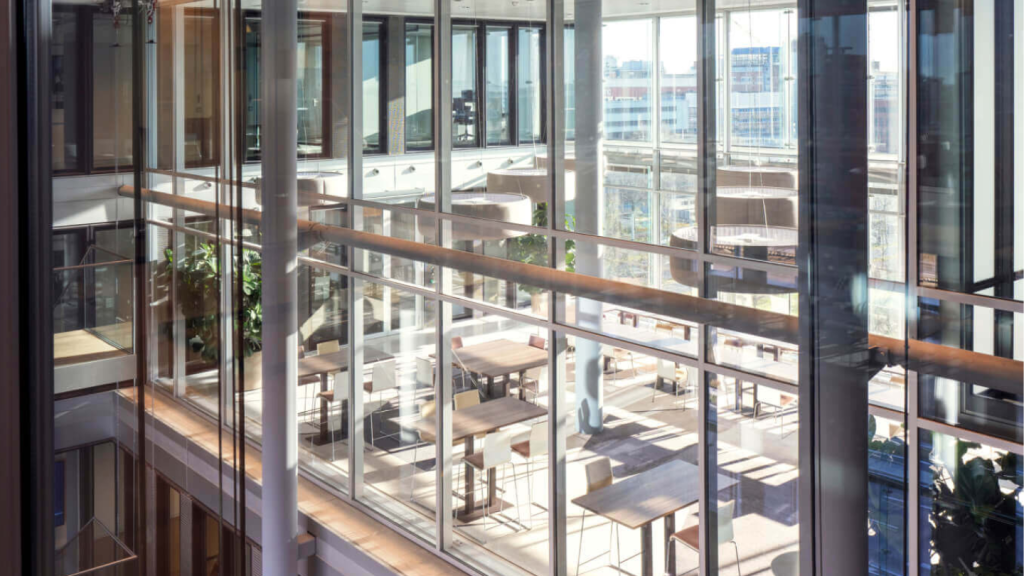
For over a year, I’ve been collaborating with the Dutch law firm Lexence. Lexence has been working with legal design for a few years now, and two of the pioneers are Chantal Franssen and Judith de Winter.
It’s time to talk to them about how they apply legal design within their law firm and how they have developed their skills in this field.

Professional support lawyer on the Knowledge Centre team at law firm Lexence in Amsterdam, The Netherlands
Chantal: I am responsible for business development, marketing, and communication. I focus on design and legal design. I have a master’s in consumer marketing, where I deal a lot with consumer needs. At Lexence, I also oversee the corporate style.
Judith: I am Judith de Winter, a professional support lawyer working in the Knowledge Center team. My background is in corporate law, in which I have a master’s degree. In legal design projects, I work with Chantal on both content and visuals.
Anna: What skills have you developed through working with legal design?
Judith: For me, it was mainly developing visual skills. I started from scratch with tools like Figma and the mindset that comes with legal design, such as design thinking.
Chantal: For me, creating prototypes, testing, and incorporating feedback in various rounds was new. Inclusivity in design was also new for me. I was already more familiar with the visual aspect, but these elements were a real addition.
Anna: Do you usually work together on legal design projects?
Judith: For smaller projects, we work individually on templates, but for larger projects, we collaborate. I focus more on content, including visual elements, while Chantal focuses more on the visual side. Our team is also continuously expanding.
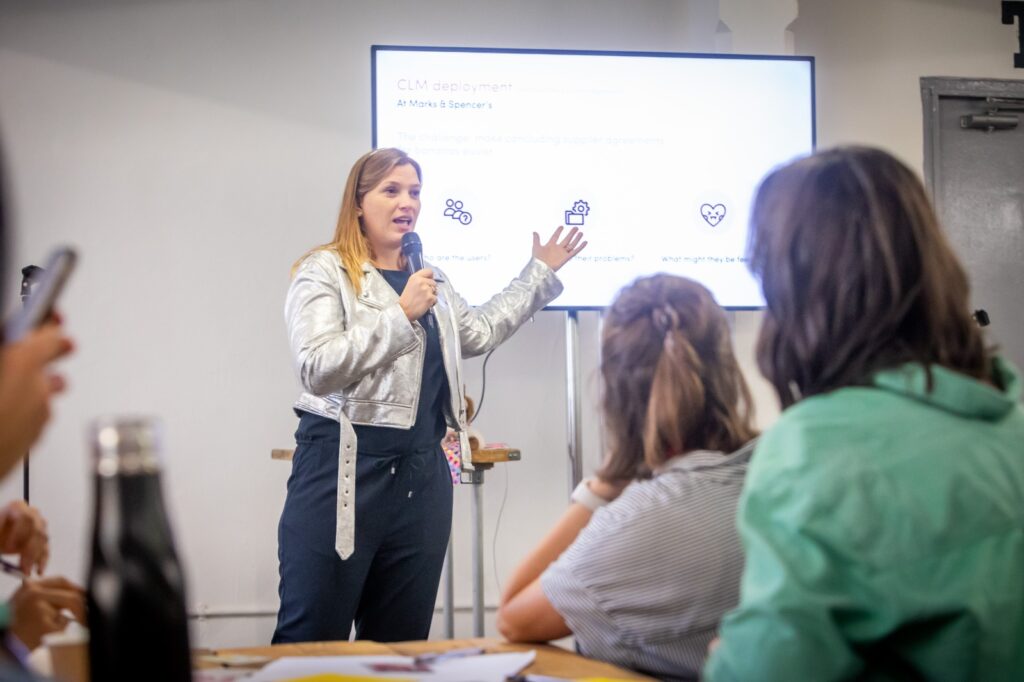
Anna: What exactly do you do with legal design at Lexence?
Chantal: We redesign legal documents to make them more understandable and user-friendly. We clarify texts and support them with visual elements.
Judith: We rewrite a lot of texts, such as an employment contract we worked on together. We also explain complex information in presentations, create timelines, decision trees, and similar tools. This is not only for clients but also in procedural documents to convince judges.
Anna: How do judges react to your visualizations in procedural documents?
Judith: We have experienced that judges appreciate visualising complex circumstances and issues, because it makes those issues easier to understand. In order to achieve this, we have seen that it also helps using large prints, like A1-format, which are shown to all parties in the courtroom. We of course also include such visualisations in the court submissions prior to the hearings.
Chantal: Yes, I find it interesting to see how our designs are used in practice. I still want to attend a session.
Anna: You designed a visual employment contract. How about its validity? And what do the lawyers think about potential legal risks?
Judith: Employment contracts are form-free, so as long as the mandatory elements are included, there is no problem. The lawyers have carefully reviewed everything. It’s more about carefully considering which texts should remain and what can be simplified. Some of our clients are already using this visual employment contract, and we continue to develop it. Overall, it’s a careful collaboration.
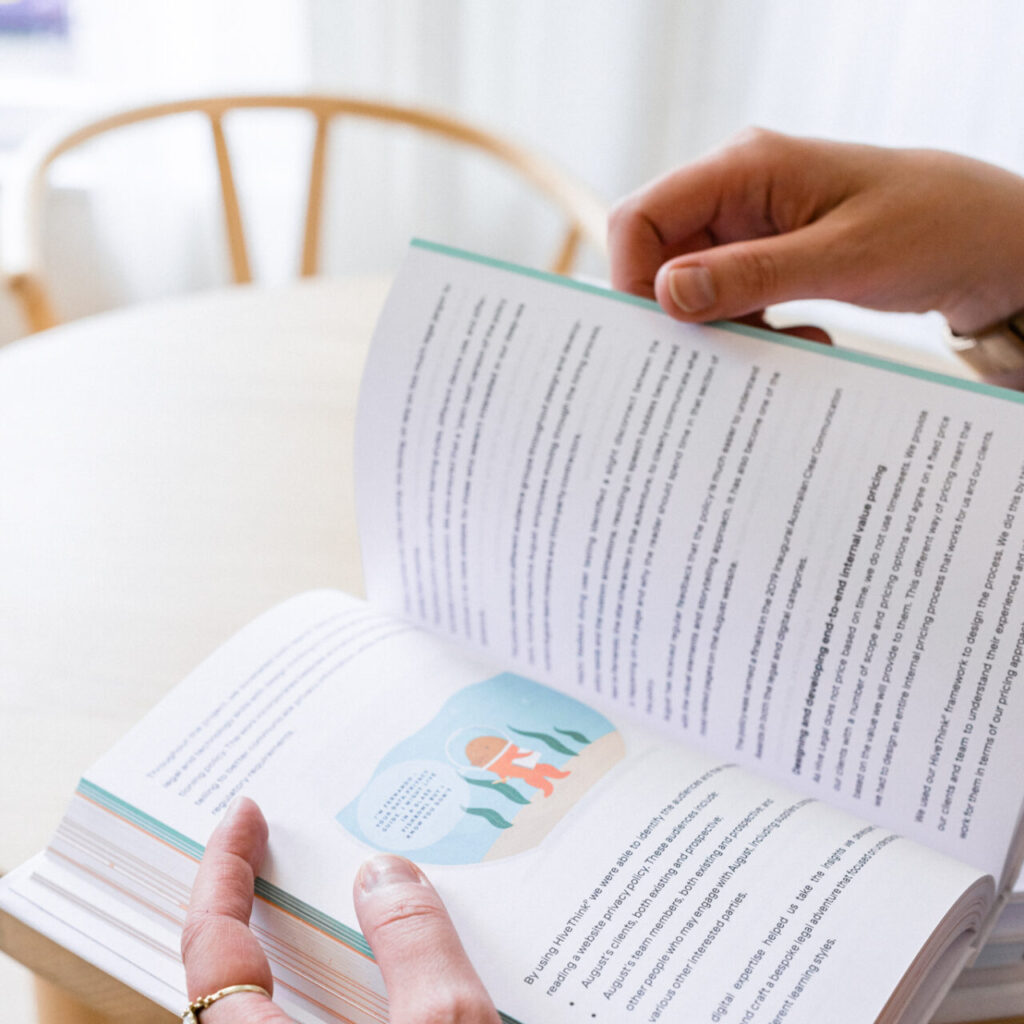
Anna: How did you start with legal design? Was it difficult?
Judith: Our practice groups asked for more understandable communication forms. Arnold Mulder, manager of the Knowledge Centre, followed the developments in legal design and developed this further with the communication team and practice groups. Some colleagues were immediately enthusiastic, while others needed some time to get used to it. Now we see that more and more teams want to use legal design visualizations.
Anna: Do clients specifically ask for legal design, or do you actively offer it?
Chantal: We usually actively offer it. Lawyers see the application possibilities, for example in procedures, and discuss these with their clients.
Anna: What steps have you taken to integrate legal design at Lexence?
Chantal: We developed a visual style in Figma and received training from you. I would advise other firms to start with a small enthusiastic group and share successes. This creates support and naturally increases the demand for legal design services.
Judith: Additionally, it’s important to determine in advance what you want to achieve with legal design and what your corporate style is. Our designs are recognisable as Lexence’s. We share a lot on our intranet, and our designs are also displayed on screens in the office so people see them when they get coffee. Word-of-mouth advertising helps, too!
Chantal: It’s important that the starting group consists of people from different teams, such as the knowledge center, communication, and practice groups. And good training is essential, as well as a design system.
Anna: Your main tool is Figma (online design software). Are there any other tools you use?
Judith: We also often use Canva and integrate elements from it into Figma. In Figma, we have our design system, which we use to speed up the design process and keep our designs consistent regarding look and feel. Additionally, we are exploring AI tools to use for legal design.
Anna: What are your plans for the future of legal design at Lexence?
Chantal: We want to communicate more externally about our legal design activities, via our website and social media. Internally, we also want to raise more awareness. Additionally, we are making a legal design booklet for all employees, which they will have on their desks. This way, we want to put legal design more in the spotlight and continue developing our team.
Anna: Thank you very much for sharing your experiences! Good luck with further implementing legal design, and I hope to see many of your designs on your website and social media!
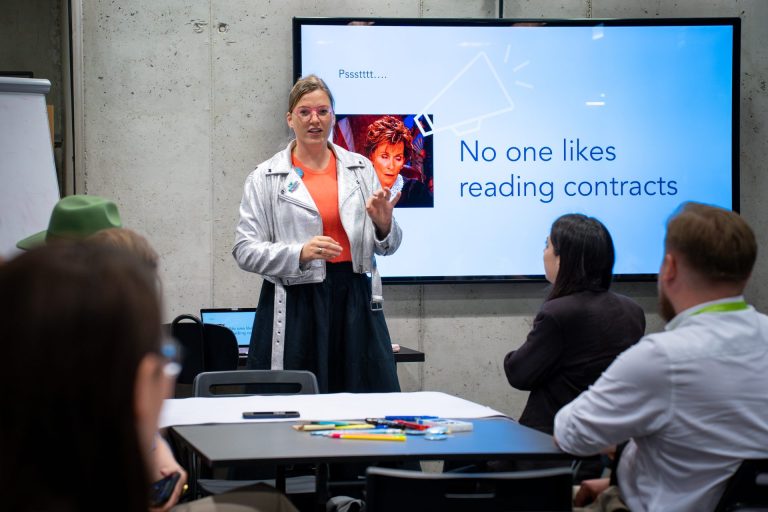
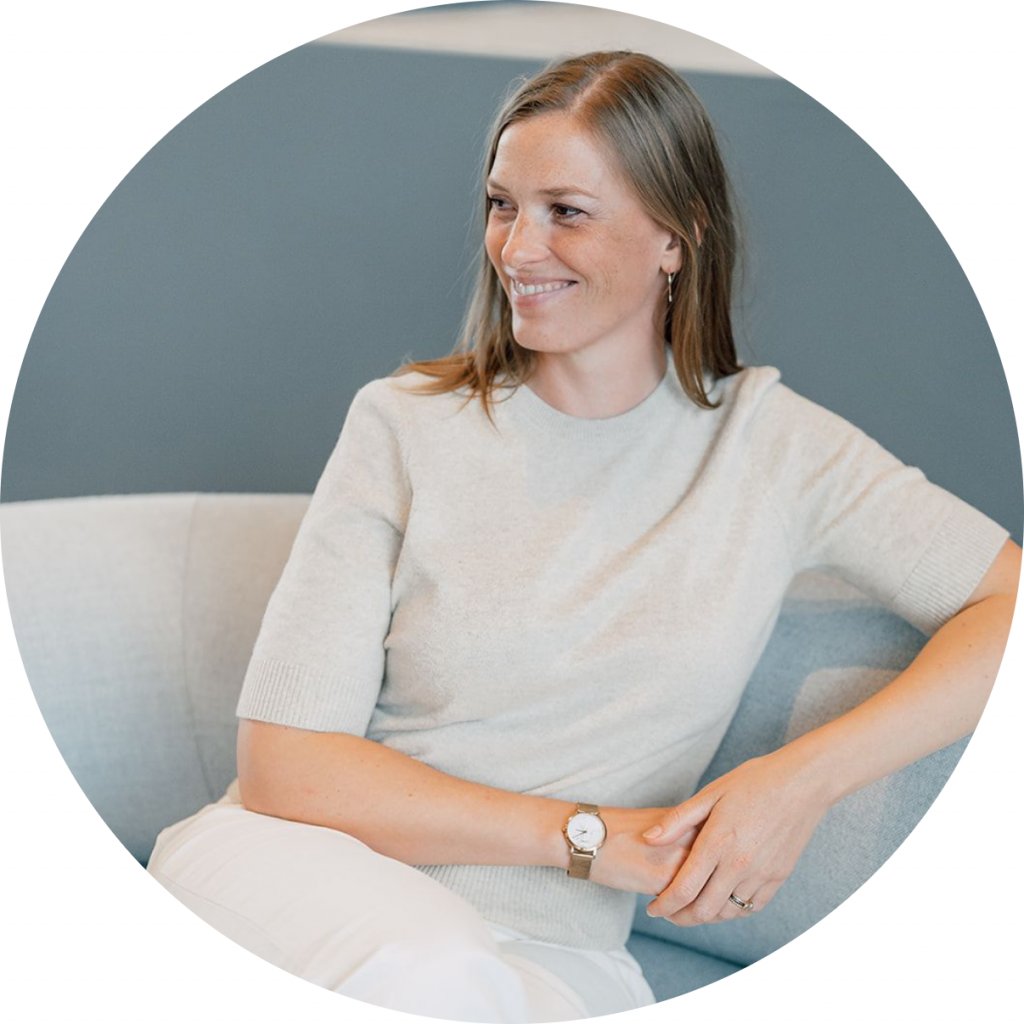
Anna Posthumus Meyjes is a legal designer based in Amsterdam, the Netherlands. She brings creativity, design and a user-centred approach to law. Anna worked as an attorney-at-law in an international litigation practice for ten years before founding a legal design agency, Aclara Legal Design. Aclara Legal Design provides legal design products and services that improve communication and usability of legal information and services.